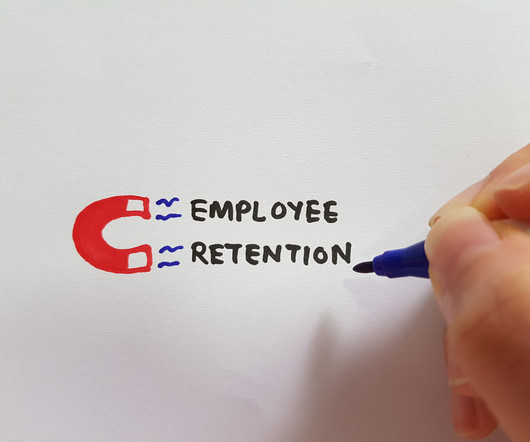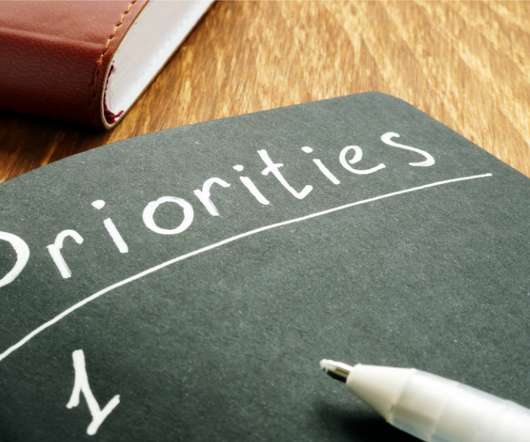5 Takeaways from the New SHRM/Globoforce Recognition Survey
WorkHuman
DECEMBER 15, 2016
2016 SHRM/Globoforce Employee Recognition Survey. For the data geeks among us, the release of the 2016 SHRM/Globoforce Recognition Survey is like an early holiday gift. Here are 5 key takeaways from this year’s report, Employee Experience as a Business Driver : Retention/turnover is still what keeps you up at night.































Let's personalize your content